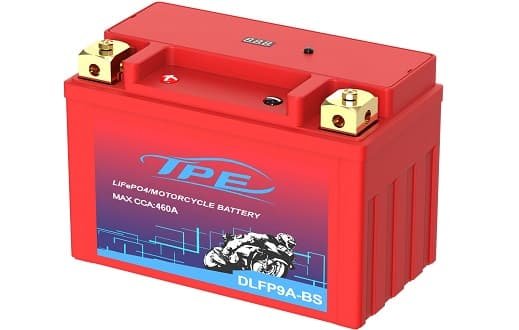A motorcycle battery is an essential component of your bike that stores electrical energy and supplies power to the motorcycle’s electrical systems, such as the ignition system, lights, and horn. Without a properly functioning battery, your motorcycle won’t start or run. So, how does a motorcycle battery charge and what can you do to keep it healthy? Here’s a closer look at the motorcycle battery charging process.
The Charging System

A motorcycle battery charges while the motorcycle is running due to the charging system built into the motorcycle. The charging system consists of:
1. The Alternator
The alternator is responsible for generating electricity to charge the battery and power the motorcycle’s electrical systems. It works by using a rotating magnetic field to induce a current in the stator, which is a stationary set of windings. The rotational motion of the magnetic field is created by the engine, so the alternator generates electricity as long as the engine is running.
The alternator has two main components: the rotor and the stator. The rotor is a rotating component that contains a magnet and is attached to the engine. The stator is a stationary component that contains windings, or coils of wire, that are arranged in a specific pattern. When the rotor spins, it creates a magnetic field that interacts with the windings in the stator. This interaction generates an electrical current in the windings, which is then transmitted to the rectifier/regulator.
2. The Rectifier/Regulator
The rectifier/regulator is a device that converts the alternating current (AC) generated by the alternator into direct current (DC) and regulates the voltage level. AC current changes direction periodically, while DC current flows in only one direction. The battery and most of the motorcycle’s electrical systems require DC current, so the rectifier/regulator is necessary to convert the AC current into DC current.
The rectifier/regulator also ensures that the battery is not overcharged or undercharged by regulating the voltage level. If the voltage level is too high, it can damage the battery and other electrical components. If the voltage level is too low, the battery may not be fully charged. The rectifier/regulator helps to maintain the correct voltage level to ensure that the battery is charged properly.
Factors That Affect Battery Charging
There are several factors that can affect battery charging, such as:
- Age of the battery. As the battery ages, its capacity to hold a charge decreases. This can lead to a weak or dead battery.
- Condition of the charging system. If the alternator or rectifier/regulator is not functioning properly, it can lead to a weak or dead battery.
- Load on the electrical system. Using lights or accessories can put a load on the electrical system, which can affect the battery charging process.
Maintaining a Healthy Battery
To ensure that your motorcycle battery stays healthy, it is important to:
- Regularly check the battery’s fluid levels and keep it charged.
- Use a battery maintainer or trickle charger to keep the battery charged when the motorcycle is not in use for extended periods of time.
- Avoid overcharging the battery, as this can lead to damage.
By following these simple steps, you can keep your motorcycle battery charged and ready to go whenever you are. Happy riding!
Related Topics
- How To Start Bike Without Battery?
- Can Electric Bike Batteries Be Repaired?
- How Long Does Bike Battery Last And How To Improve Its Life?
- Why Does My Bike Battery Gets Discharged?
Santosh Kumar is a Professional SEO and Blogger, With the help of this blog he is trying to share top 10 lists, facts, entertainment news from India and all around the world.
